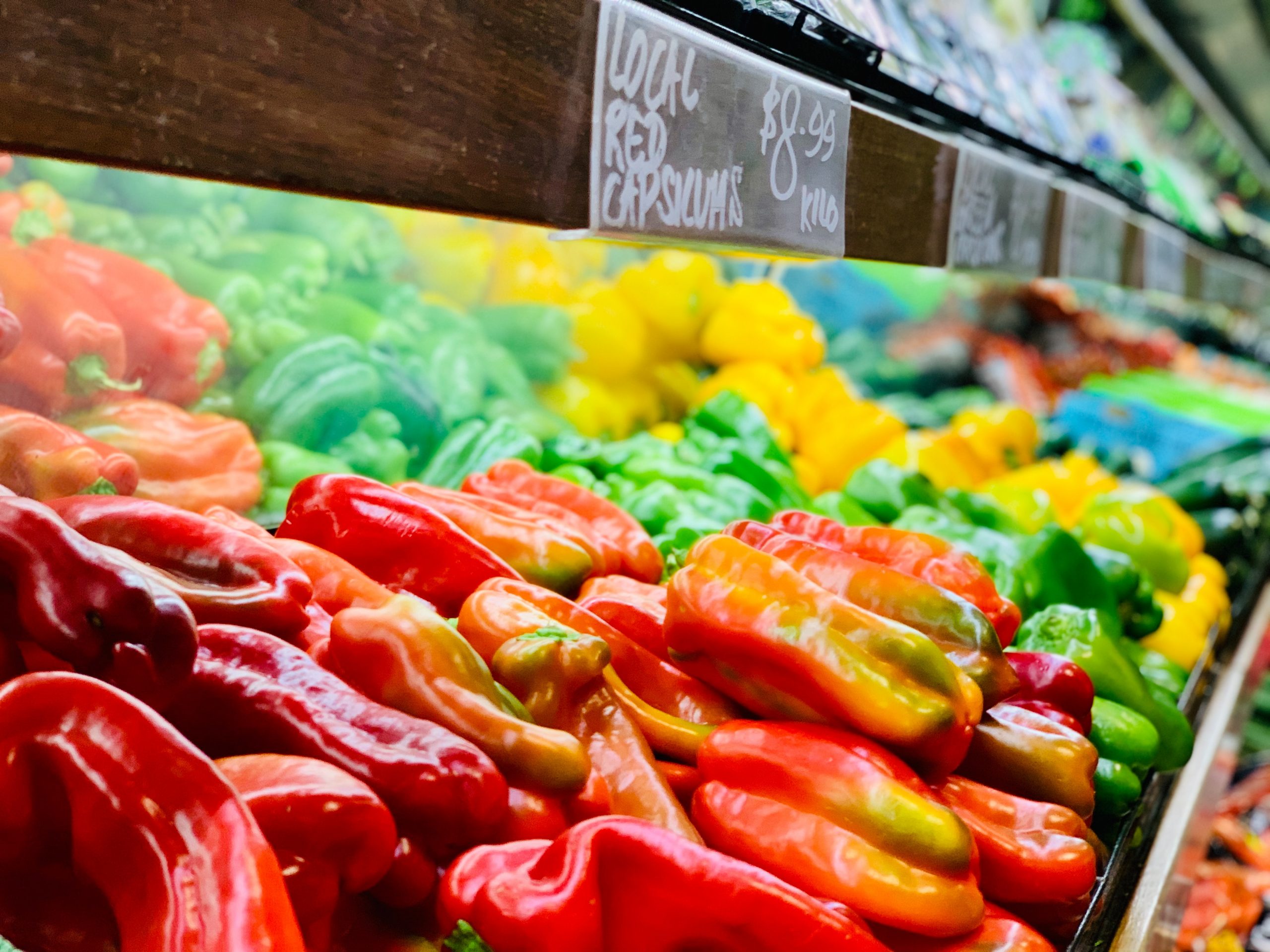Groceries, we all need them but buying them is a little tedious, time consuming, and at least for me not very exciting. I was trying to make the experience a little more interesting and possibly get my daughter involved, at least a little. As it turns out gamifying grocery shopping is more challenging than I initially thought, but it is possible.
Initially, I had visions of a crafty title and that the gamification ideas would just flow out of me into digital format. After a little effort, my initial ideas were pretty much all I had, though I did have a few other ideas they really felt forced. I’ve decided to stick to the actually tested ideas that have worked and if you have any other ideas please pass them along.
Why gamify grocery shopping?
The question of why would you gamifying buying groceries does come up. Realistically the answer is to make the experience more enjoyable and less costly. Let me explain the last part when you’re in the grocery store you do 2 things:
- Buy the things you need
- Buy things you don’t need.
Buying things you need is obvious, that’s why you dragged yourself into the store in the first place. Though little did you know that the moment you walked into the store you were a target! The grocery store chain knew that if they arranged their displays a certain way that you would spend more.
If I keep myself focused and only buy the items I need then the trip becomes cheaper and I would guess everyone’s would. A lot of science has gone into getting you to buy more at the grocery store, gamifying the experience gives me a way to keep score and to stay focused, and ultimately spend less.
The other reason I wanted to gamify the experience was to get my daughter a little involved; if you mention the grocery store her eyes roll into the back of her head. I get it, grocery shopping is very boring, but we have to eat. I want her to understand and appreciate what she eats and the cost of this. Without further ado here are a couple ‘games’ I’ve come up with and used (as silly as they are)
The Receipt Game
This game is pretty simple, and it occurs after the groceries are done, the key is you have to get the receipt. The whole premise is to see how much you extra stuff you got, the wants versus needs of it all.
- Take your receipt and go line by line – ask yourself did you need that?
- Add up the items you didn’t need (your score)
It clearly paints a picture of what you needed to get versus all the little things that you didn’t need but got anyways. For example, in my most recent trip produced a dollar amount of $72.74 in items that we could have skipped entirely because they were ‘want’ items or not really needed.
The important thing here is not to beat yourself up but to realize how much you got that was extra. I actually do this on a regular enough basis that I have seen the effects and they are more cumulative over time. I know for me I end up more conscious of the items in my cart as a result.
The Budget Game
This game is great if you’re trying to get your kids engaged at the store while helping reinforce the cost of food and the groceries you do get. If you track your expenses, then you will have a really good idea of what your weekly grocery bill should be. Now as you’re going through the store get your kids to tally the cost of the items going into the cart, give them a phone or calculator, if you have to, and the goal of the game will be to stay below budget.
I’ve done this a few times with my daughter and rather than bemoaning the horror of being dragged to go to the store with her old man she actually helped and was engaged. The exercise really does make you appreciate the cost of the items going into your shopping cart and the game becomes much more real if you start removing items to stay on budget.
The game is simple, but it teaches the concept of staying on a budget in a very practical fashion. If you are aiming to stay on a budget you might need to make tradeoffs, which a lot of people have to do regularly.
The Item Game
A variant of the budget game is to track how many items outside of your list did you buy. It’s a way of keeping score on how good your planning is. This can be played with a child as you’re in the store, have them hold the list and police any items going into your cart that aren’t on the list. Actively keeping an eye on items beyond your expected grocery list makes you that much more conscious of them.
The added lesson here is that if you realize you forgot to add something to the list when you made it you might need to adjust plans on the fly.
Other ideas
Racking my brain, I did manage to come up with a couple other ideas around coupons and finding items on sale, but they really felt forced for me. The above games have worked for me, but I am sure that there are lots more ideas that might work. If anyone has ideas for gamifying the grocery run let me know, I would be curious what has worked.
I have come to realize that if I am conscious of my grocery spending, I have a tendency to fewer things that we don’t actually need. While these three little games are pretty simple, they do force me to be a little more conscious about my grocery spending (when I play them). At the end of the day if you spend $200 on groceries for the week for your family, for the year that amounts to $10,400, and if you’re being conscious of your spending can save you 5% that’s $520 or a little over 2.5 weeks of groceries.



